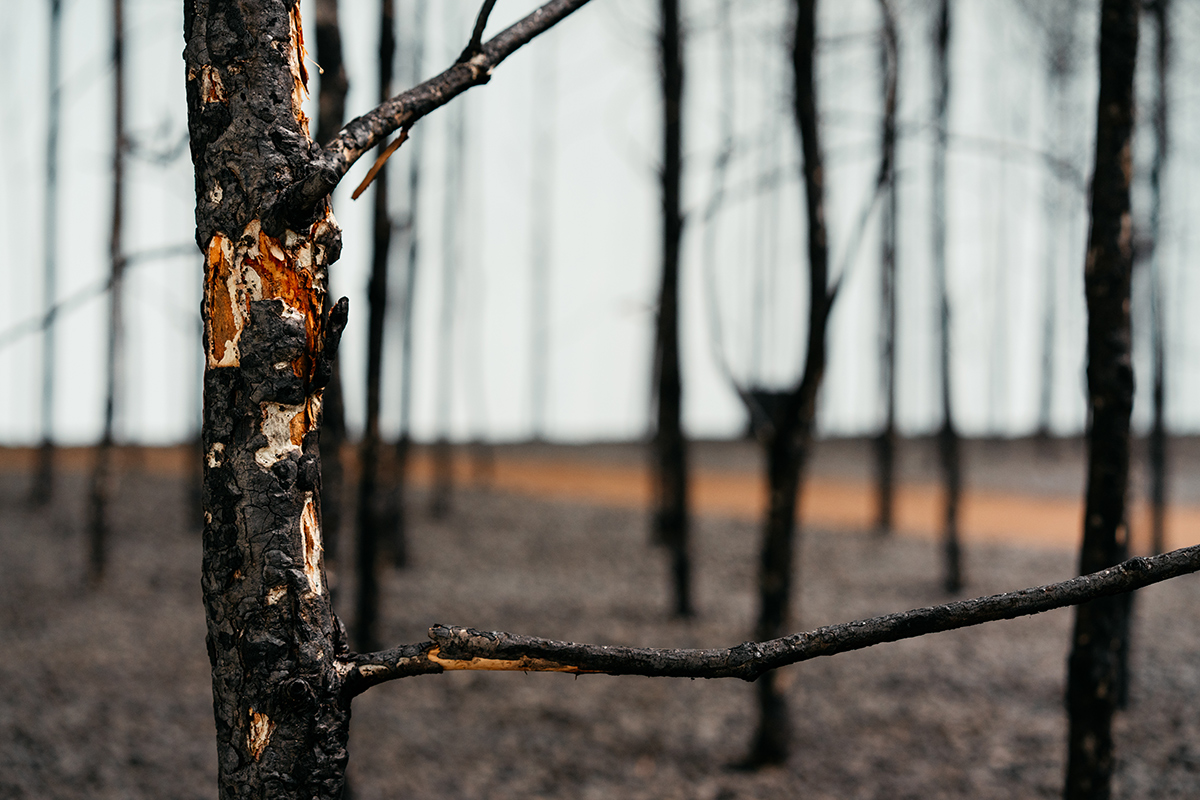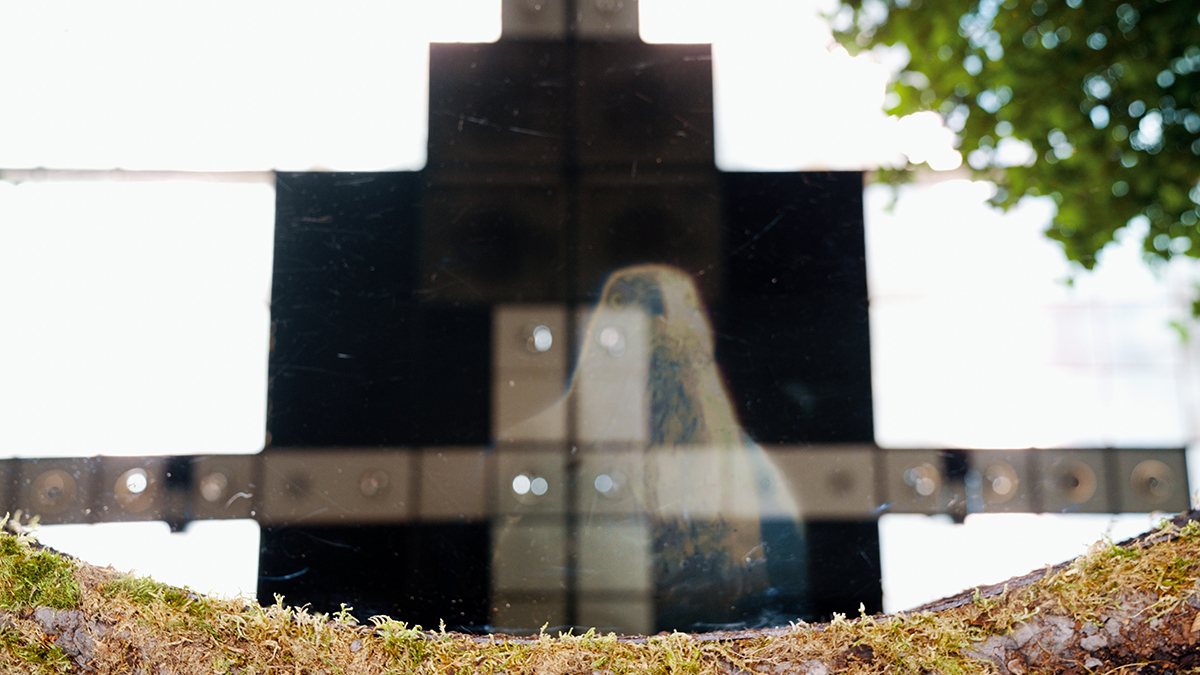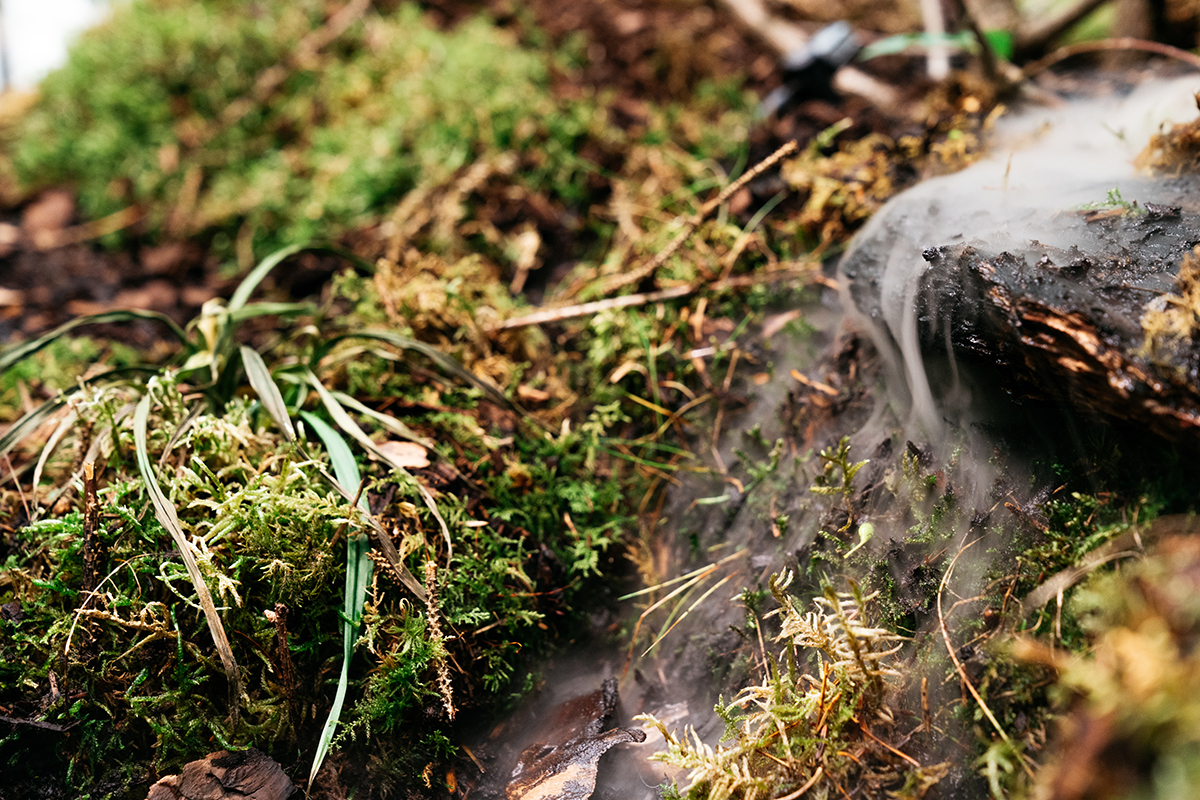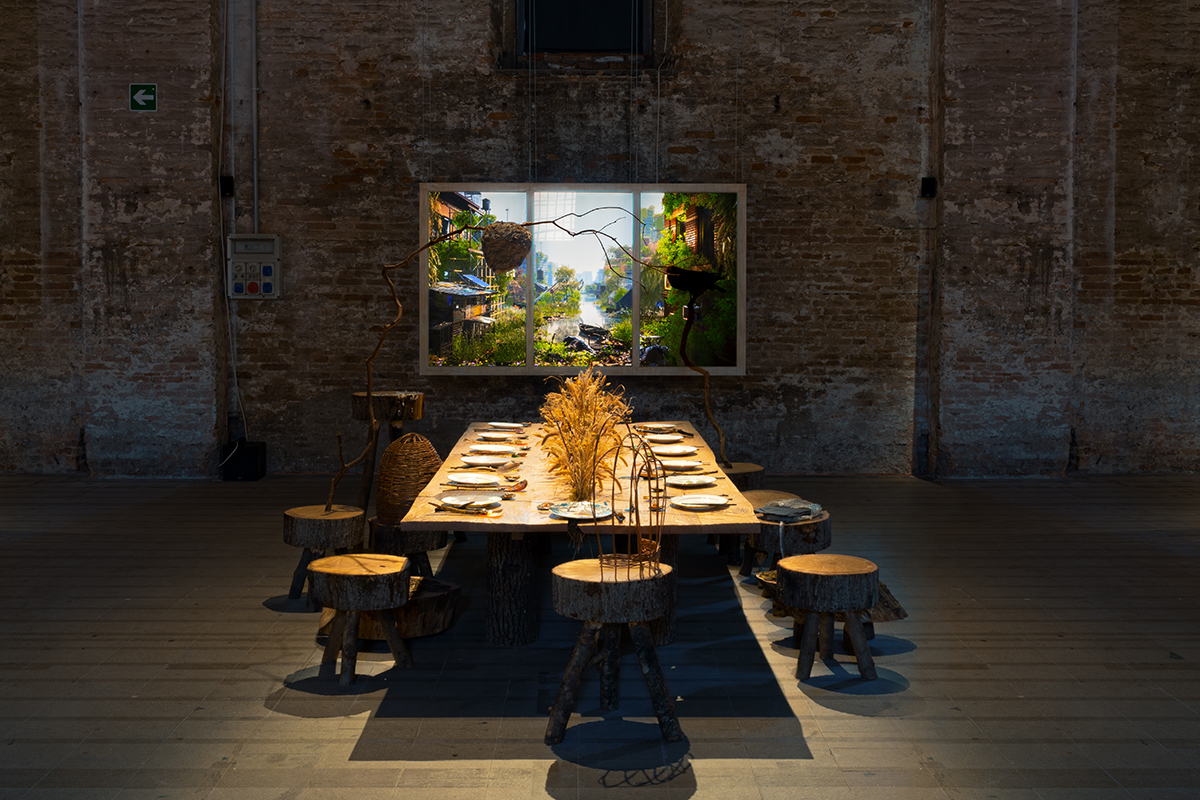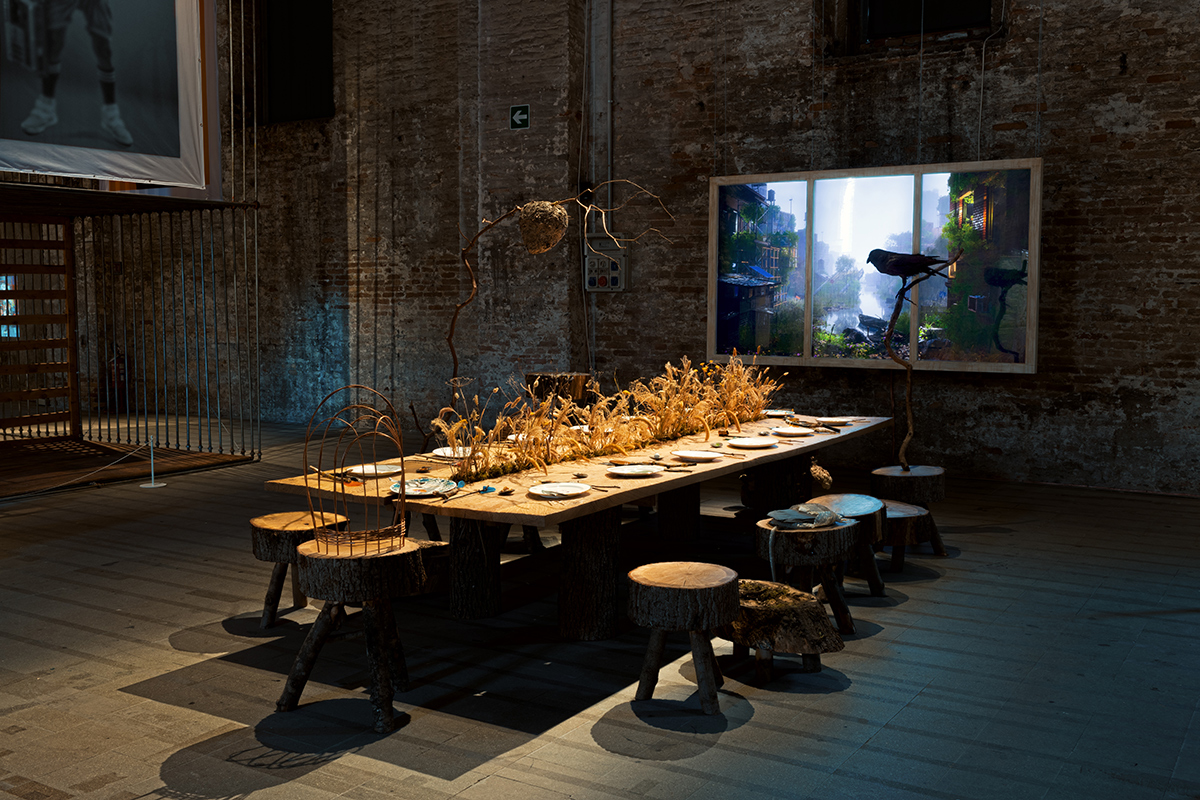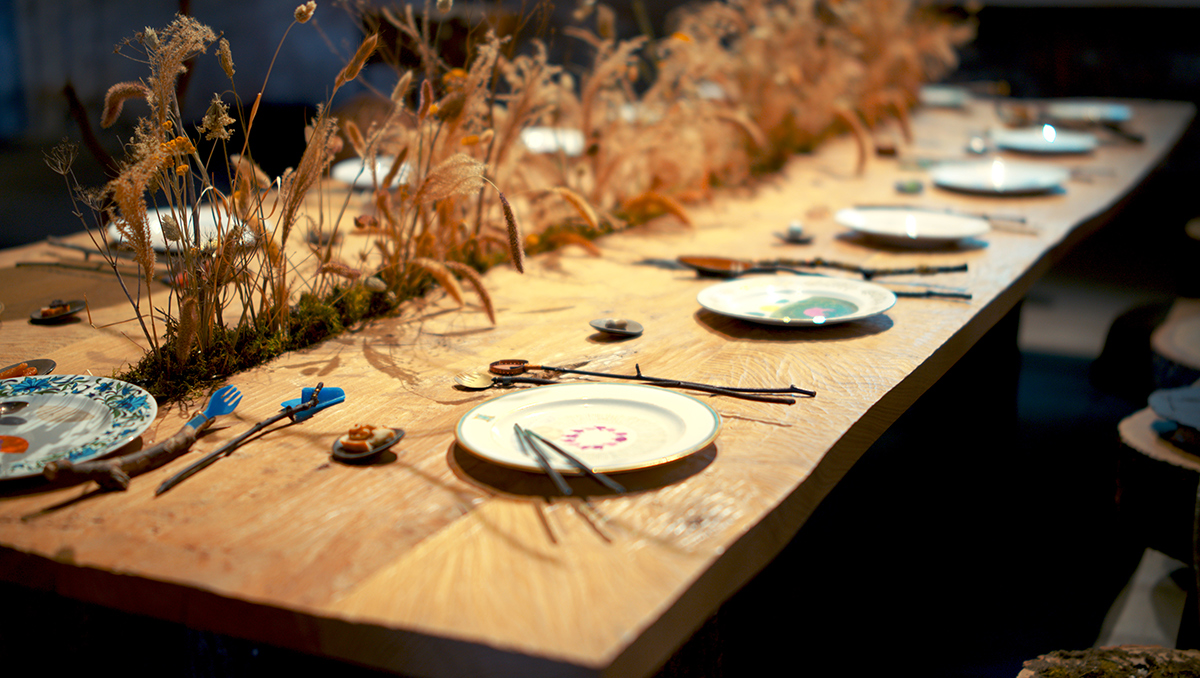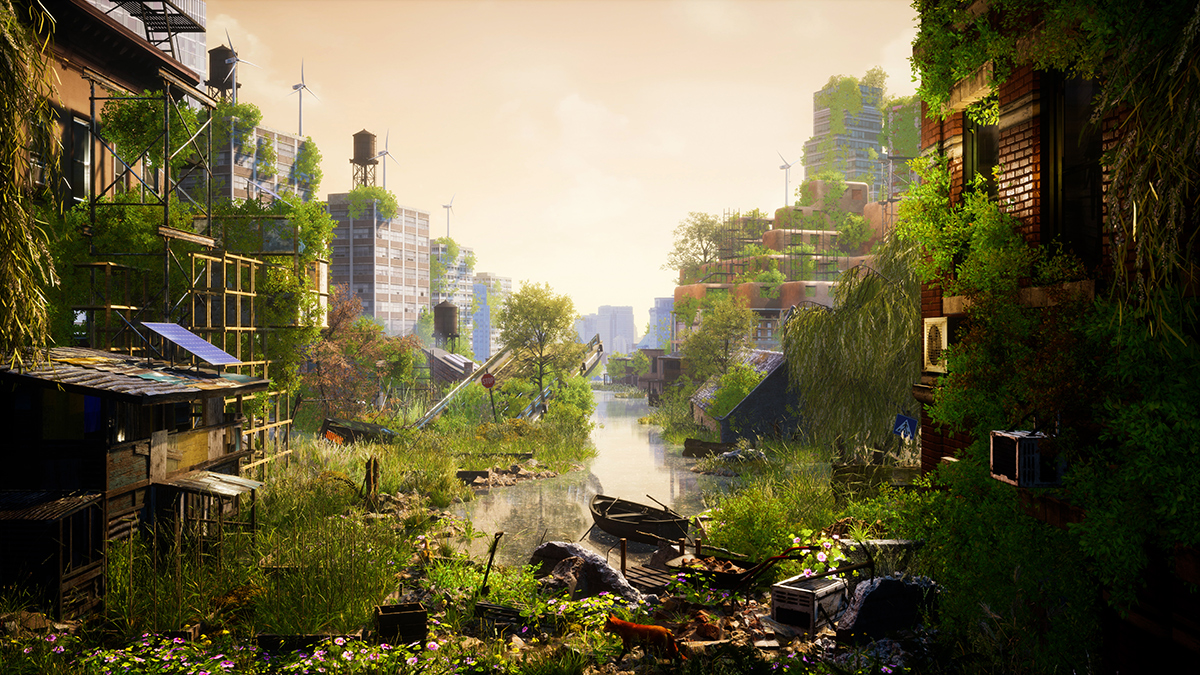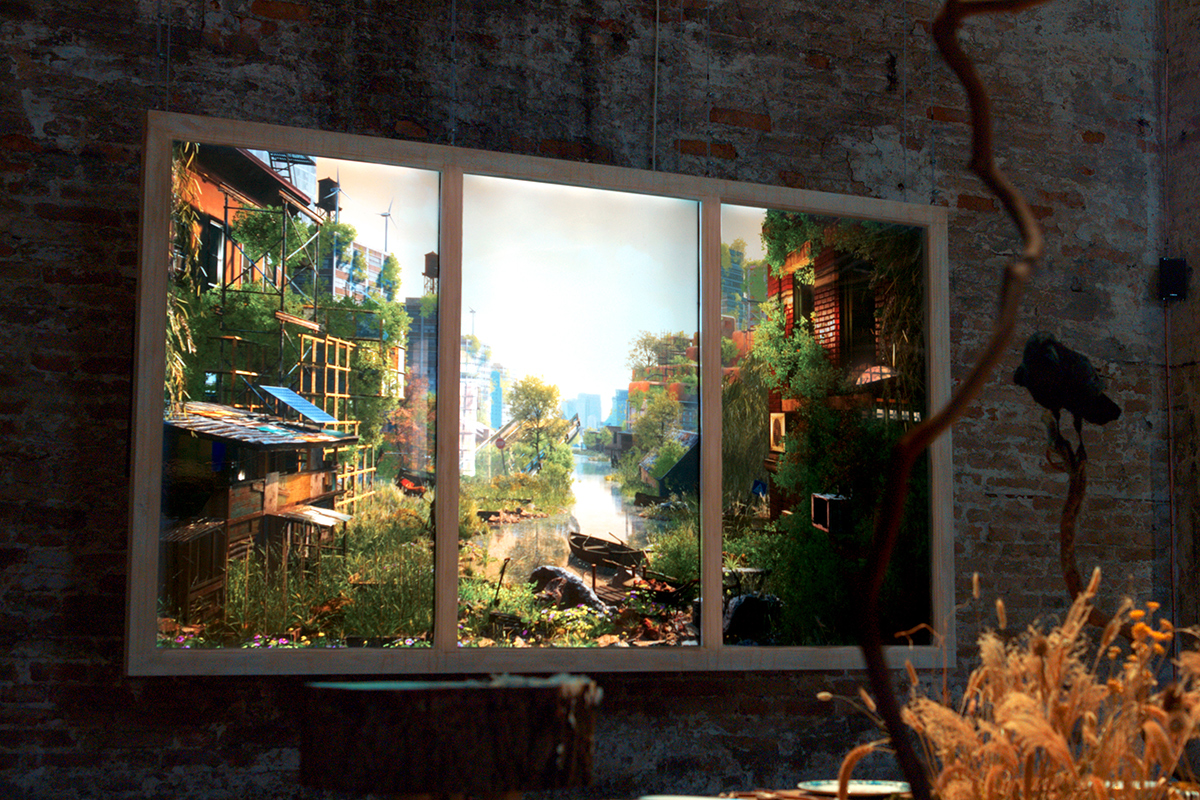ART CITIES: Amsterdam-Superflux
 Founded by Anab Jain and Jon Ardern in 2009, Superflux is a boundary-defying, award-winning design and experiential futures company, as well as a research and art practice. From climate change to algorithmic autonomy, future of work to more-than-human politics, our work aims to confront diverse audiences with the complex and deeply interconnected nature of the challenges we face today. We invite clients, collaborators, communities and wider participants to remain open to multiple possibilities and navigate precarity with active hope.
Founded by Anab Jain and Jon Ardern in 2009, Superflux is a boundary-defying, award-winning design and experiential futures company, as well as a research and art practice. From climate change to algorithmic autonomy, future of work to more-than-human politics, our work aims to confront diverse audiences with the complex and deeply interconnected nature of the challenges we face today. We invite clients, collaborators, communities and wider participants to remain open to multiple possibilities and navigate precarity with active hope.
By Efi Michalarou
Photo: Superflux Archive
The roots of today’s surveillance technologies, algorithmic culture wars, fractured post-truth narratives, climate crisis and the pandemic are part of this continuous narrative. If we want to find hope amidst crisis, we must force a reckoning with such interconnected complexities, and imagine alternatives beyond our present limitations of reality. “SUBJECT TO CHANGE” is a collection of Superflux’s recent works that does just this. From climate crisis to ambient technologies, political unrest and culture wars, their immersive installations, speculations, and films confront some of the most complex challenges of our times, and carry us towards different worlds of possibility, care, and hope. Set in the near future, the film “the Intersection” journeys from a violent present to a cooperative future through the lens of four protagonists. They gather with others from across the country in a circle of dialogue, foregrounding the changed role of ambient technology in facilitating positive action over fragmentation and extraction. Telling stories of active hope from those who have fought to reimagine extractive technology, to serve community, support nature, and value planetary relationships. In the film there are various Artefacts. “The Server Frame Pack” is handcrafted from the detritus of the Anthropocene: salvaged harddrives, discarded electronics, foraged wood and hand-etched circuit boards. In Superflux’s film the “Intersection”, the “Server Frame Pack” is carried by Jake, the journalist, to collect and share data and information, making him a physical network node. Rather than click bait journalism, this form of nomadic journalism is inspired by the principles of active listening; as Jake traverses across communities sharing stories and nurturing dialogue. The “Airborne Pollution Sensor” is handcrafted from the detritus of the Anthropocene: salvaged electronics and discarded household objects. In the film this sensor is part of a wider DIY hyper-local, sensor network that illustrates just and equitable uses of technology. Such sensors are distributed within a natural environment to collect data about its ecology and key environmental indicators —allowing communities to gain a better understanding of environmental condition such as air pollution. The “Illegal Logging Sensor” is handcrafted from the detritus of the Anthropocene: salvaged electronics and discarded household objects, this sensor is part of a wider DIY hyper-local, sensor network that illustrates just and equitable uses of technology. Such sensors are distributed within a natural environment to collect data about its ecology and key environmental indicators such as illegal logging —allowing communities to take action collectively. The “Sensor Monitor” is handcrafted from the detritus of the Anthropocene: re-appropriated consumer electronics and foraged wood, this network monitoring device acts as an entry point into the sensor network, communicating with the network’s environmental sensors surveying. The device provides a simple overview of the position of sensors and compiles the collected data for easy analyses.
Hopeful and haunting, “Trigger Warning”, (watch here), explores the polarisation of beliefs in our networked society and the escalation of cultural conflict. Set in a “semantic city” of ideas, in which subcultural clashes bubble beneath the surface. Misinformation weaves tendrils of fear in every direction. Anxiety is an epidemic. Surviving within digital platforms once called for an armour of thick skin and a tongue in your cheek. Now, every word, every action is scrutinised and judged, attacked or applauded. Early visions of the internet, a realm of independence and solidarity have given way to a flurry of different perspectives. A crescendo of confusion and aggression. Narrated by musician Nabihah Iqbal, the film confronts audiences with questions of how we got here, and where it will end. “Invocation For Hope” was an immersive installation in the central hall of the MAK in Vienna, for the Vienna Biennale 2021. Designed as a living, resurgent forest, its scale and sensory experience invokes hope for a better world in the face of climate change. Accompanied by an original soundscape from Cosmo Sheldrake, visitors walked through a grid of 400 burnt pines destroyed by a recent wildfire. Moving through skeletal remains of fire-blackened trees towards the centre, death restores fertility, making way for new life – green shoots of hope. Wild maple, birch and larch spring up organically around moss, ferns, and grass. Sounds of animal and bird song fill the forest. At the heart of this resurgent forest, a pool with reflections of Alpine animals invites visitors to meditate on their place in this more-than-human world – a part of the planet, not masters of it. “Refuge for Resurgence” is centred around a majestic oak table where multiple species gather, as equals, to dine together. The scene lays bare a conversation between the paralysis of fear and the audacity of hope. Having survived Earth’s abrupt shift to an era of precarious climate, a multi-species community gathers in the blasted ruins of modernity to find new ways of living together. Working together to carve a new world out of the smouldering remains of the old. Working together to forge enduring forms of sharing and survival. Working together to revive this land; this land once a place of order and control. A place where all species, all forms of life, were once forced to submit to an alien law. A law that dictated what could live and where. A law labelling anything that did not obey its monolithic order ”weed”, “pest” or “vermin”. A law that for a time felt relentless, unending, unstoppable; until the planet rebelled and threw its house of cards to the wind. Now, in the ruins of that old world, those weeds, pests and vermin have risen, and reclaimed their rightful place at the table of planetary ecology. Their rightful place in a new home. A home built on humility, resourcefulness and imagination. A home strong enough to weather the storm, to rise from the flood, to endure the heat. Here sit a fox, rat, wasp, pigeon, cow, human adults and child, wild boar, snake, beaver, wolf, raven and mushroom. More than the mythologising of their experiences, they gather in a shared hope for our more than human future.
Photo: Superflux, Invocation For Hope, at Vienna Biennale for Change, 2021. Photo credit Lorenz Seidler
Info: Curator: Renny Ramakers, Droog Gallery, Staalstraat, Amsterdam, The Netherlands, Duration: 18/2-10/4/2022, Days & Hours: Tue-Sun 11:00-18:00, www.droog.com
